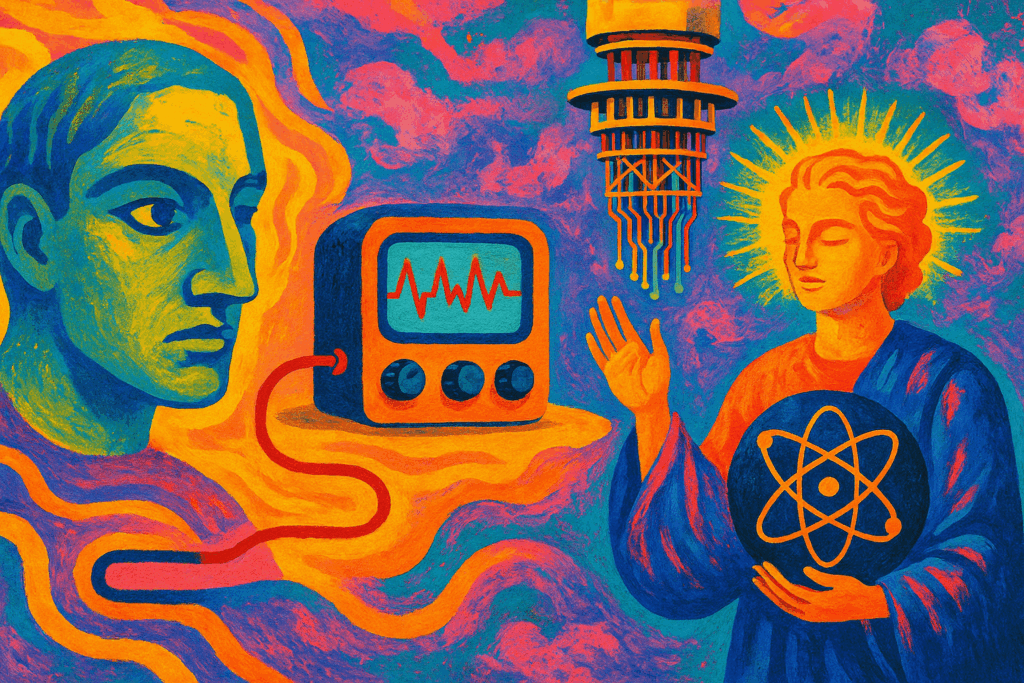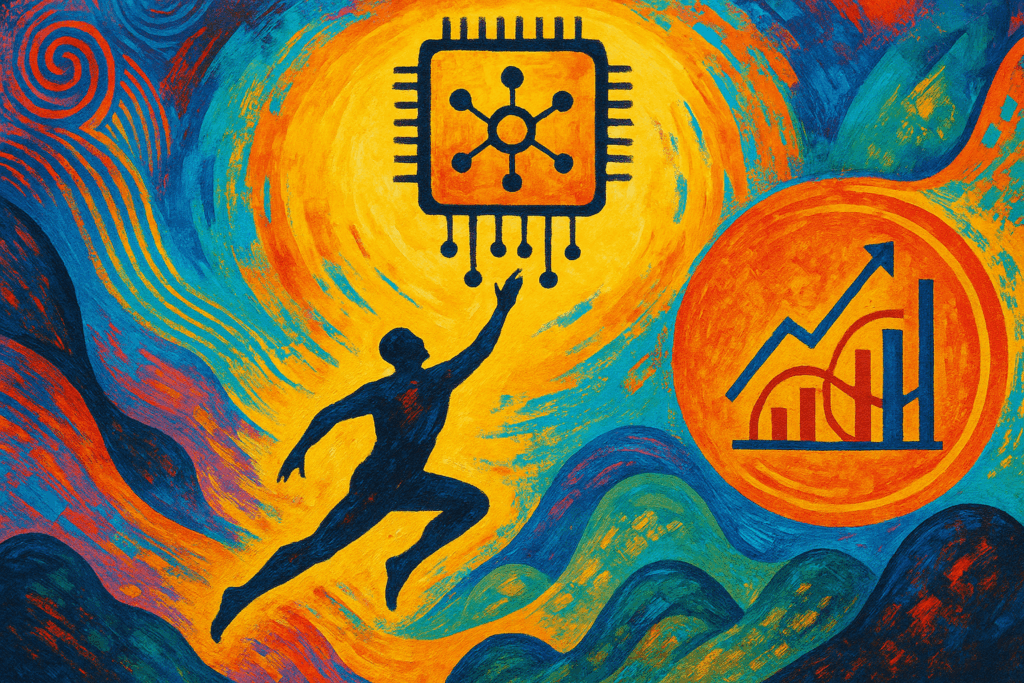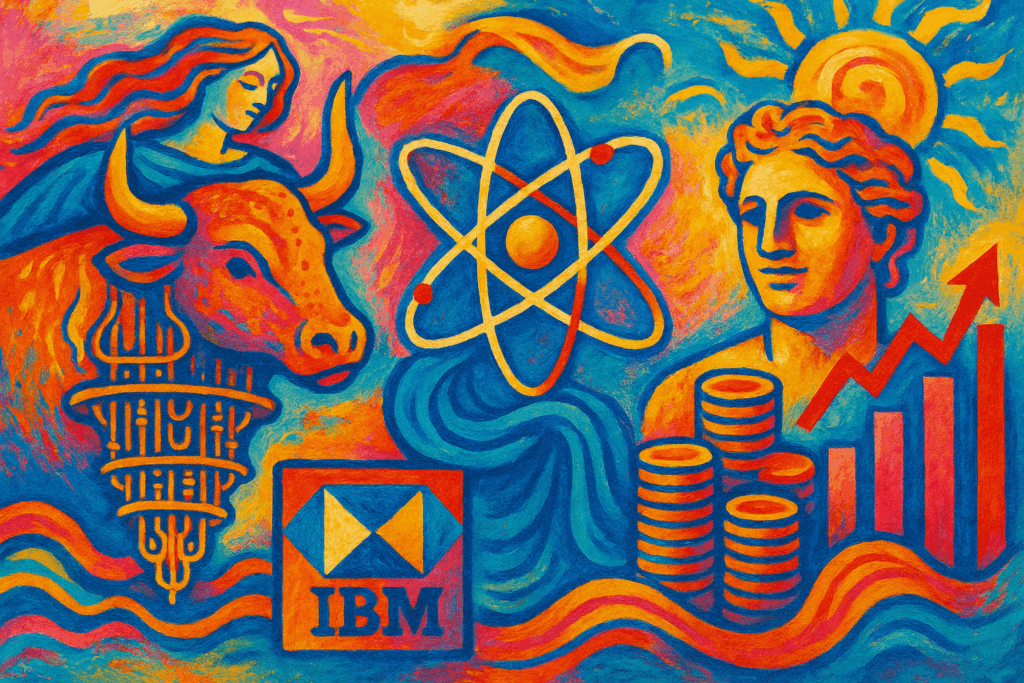Quantum ‘Lie Detector’ Confirms Machines Tap Into True Quantum Mechanics
For years, confirming whether quantum computers genuinely harness quantum mechanics rather than mimic it with classical systems has been a significant challenge. A recent study introduces an innovative experimental method acting as a “quantum lie detector,” verifying that these advanced machines truly exploit phenomena like the famous “spooky action at a distance,” a hallmark of quantum entanglement.
Proving Quantum Reality, Not Just Simulation
The central challenge in quantum computing verification arises from the ability of classical computers to simulate quantum states to some extent. This capability blurs the line between actual quantum computation and complex classical imitation. One of the foundational quantum phenomena is entanglement, famously described by Einstein as “spooky action at a distance,” where particles become intimately linked regardless of the space separating them. Historically, the Bell test evaluated the nonlocal nature of entanglement, providing evidence that quantum mechanics surpasses classical explanations.
Building on this, researchers have reframed the test using a 73-qubit quantum processor to push beyond classical limits. The critical breakthrough involved achieving a negative energy state—lower than any achievable by classical systems. This state was detected with a statistical significance exceeding 48 standard deviations, delivering definitive proof that the processor operates under true quantum mechanics instead of classical approximation.
Impact on Quantum Development
This verification method marks a significant advance for the quantum computing field. It offers a pioneering approach to certify quantum activity and accurately assess the performance of different quantum hardware architectures. Furthermore, it aids in understanding when and how quantum states lose coherence, reverting to classical behavior. This insight is vital for improving stability and error mitigation in future quantum machines.
By providing a clear experimental benchmark, this breakthrough lays a foundation for developing more powerful and dependable quantum computers, reinforcing confidence that the era of practical quantum advantage is approaching.




